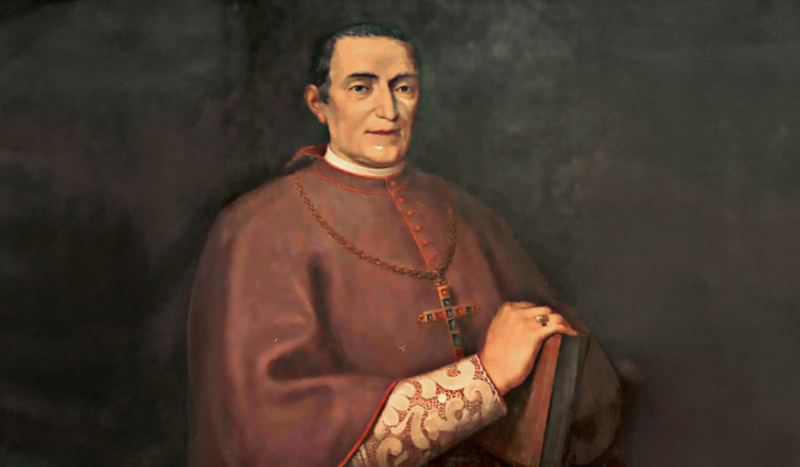
NOTE: Enjoy this excerpt from The American Daily Reader, by CatholicVote president Brian Burch and Emily Stimpson Chapman. To order the complete volume, visit the CatholicVote store today!
In 1817, when the Italian–born Father Joseph Rosati arrived in St. Louis, he found a ramshackle church, a windowless log cabin for a rectory, and 2,500 people disinterested in religion of any sort.
On the best of days, that would fail to cheer a missionary’s heart. But this wasn’t just any day. Rosati had come to St. Louis to prepare the church for the arrival of the Most Reverend Louis William DuBourg, the newly ordained bishop of Louisiana and the Two Floridas, who was coming to set up his episcopal see in St. Louis.
The 28-year-old Vincentian priest had no time to waste. He rolled up his shirtsleeves and got to work. He didn’t stop for 26 years.
After DuBourg’s arrival, Rosati took over a parish and opened a seminary, teaching all the classes himself. Two years later, he became the superior for the Vincentians in America. Three years after that, he became DuBourg’s coadjutor bishop. And four years after that, once St. Louis became its own diocese, he became the first bishop of St. Louis. Rome issued the appointment on March 20, 1827.
With an episcopal see that spanned almost the entirety of the Louisiana Purchase, Rosati knew he needed help. He began recruiting, and within a decade the Sisters of St. Joseph were running schools and teaching the deaf, while the Sisters of Charity administered a hospital.
As the diocese flourished, debt mounted. Hoping to find benefactors who could put his flock on firmer financial footing, Bishop Rosati set sail for Europe in 1840. His efforts were successful, but his return to St. Louis was delayed when Pope Gregory XVI asked him to undertake a mission to Haiti. Upon his return to Rome, illness struck.
Rosati never recovered, passing away in Rome in 1843. The remains of this now Servant of God were later returned to St. Louis and interred in the cathedral he had built.

